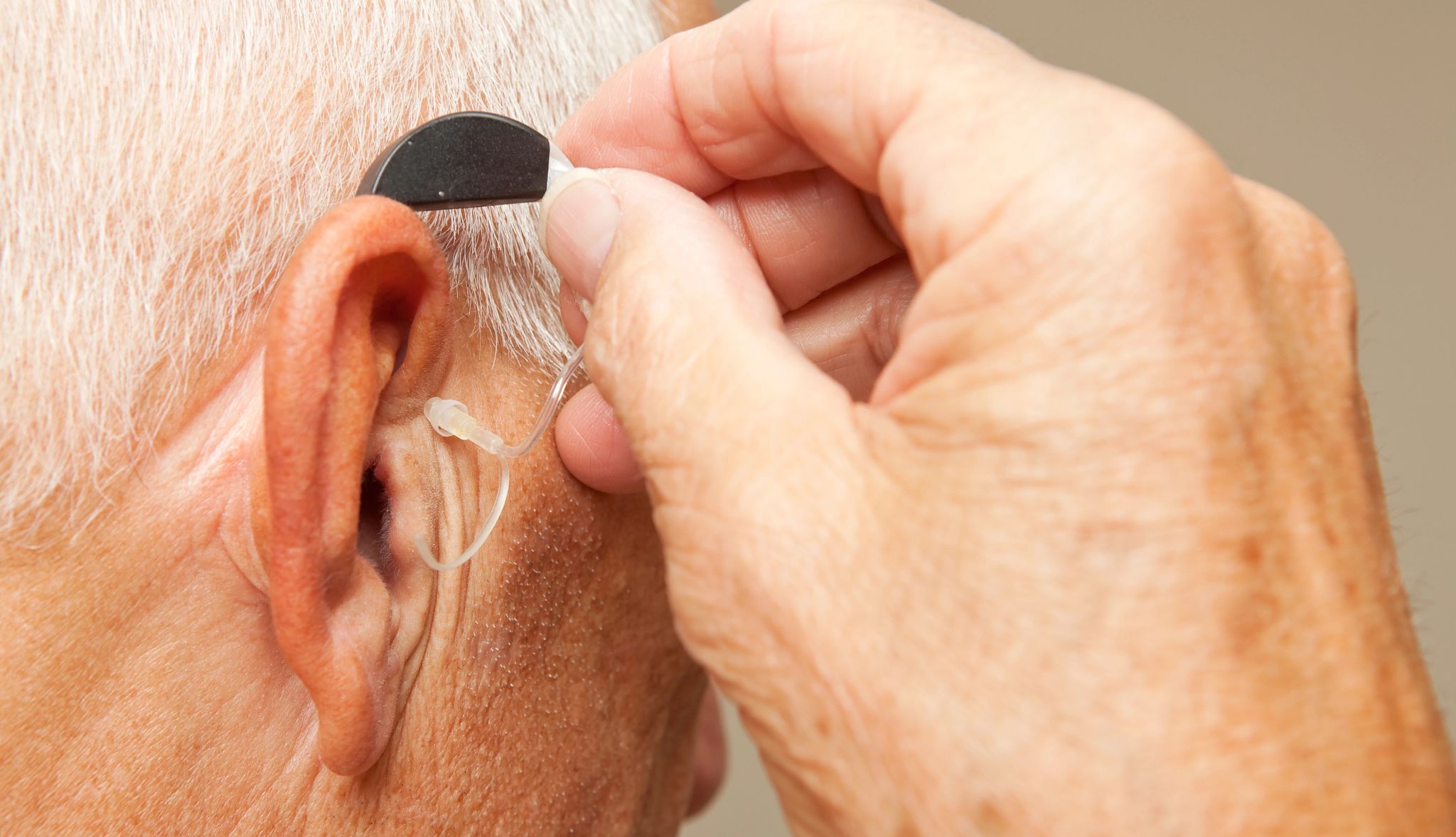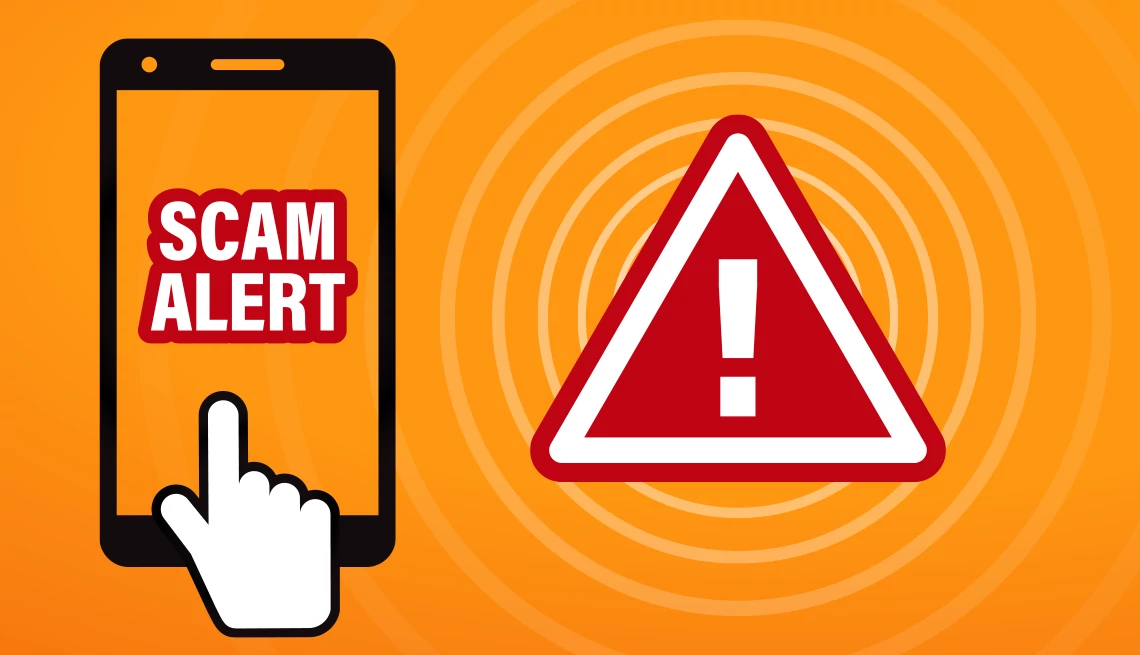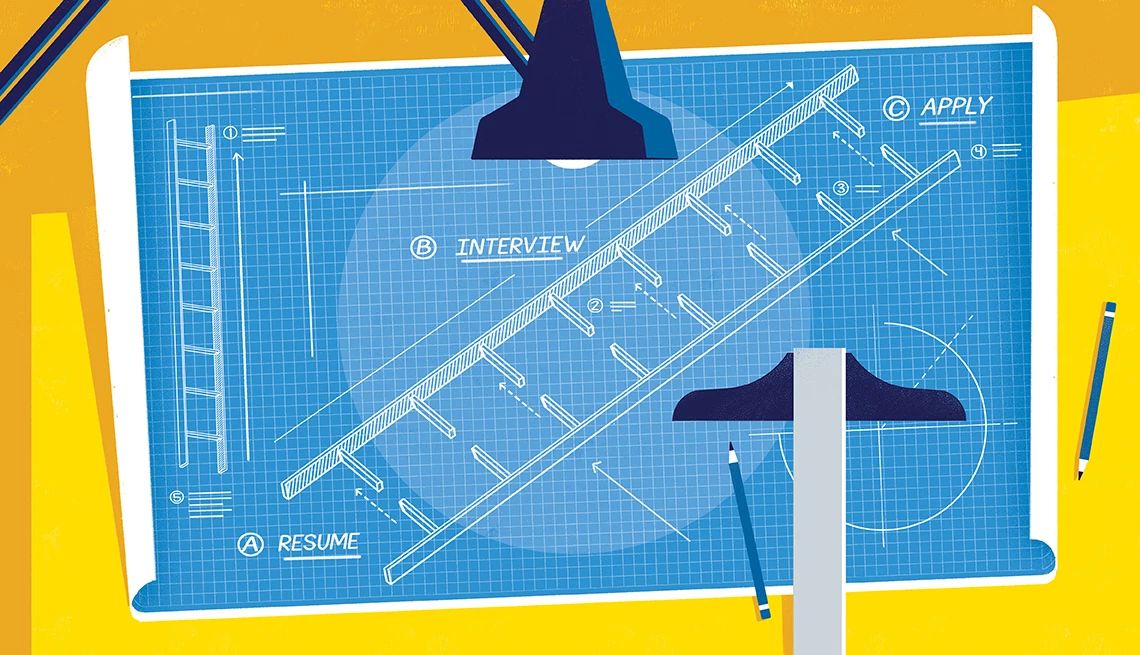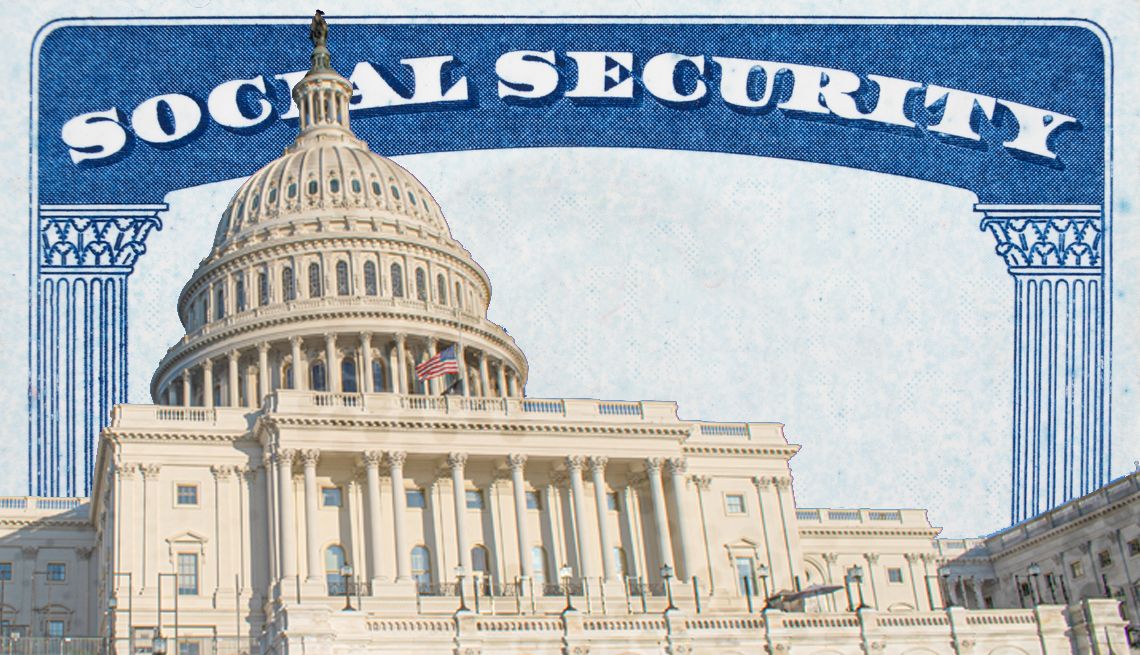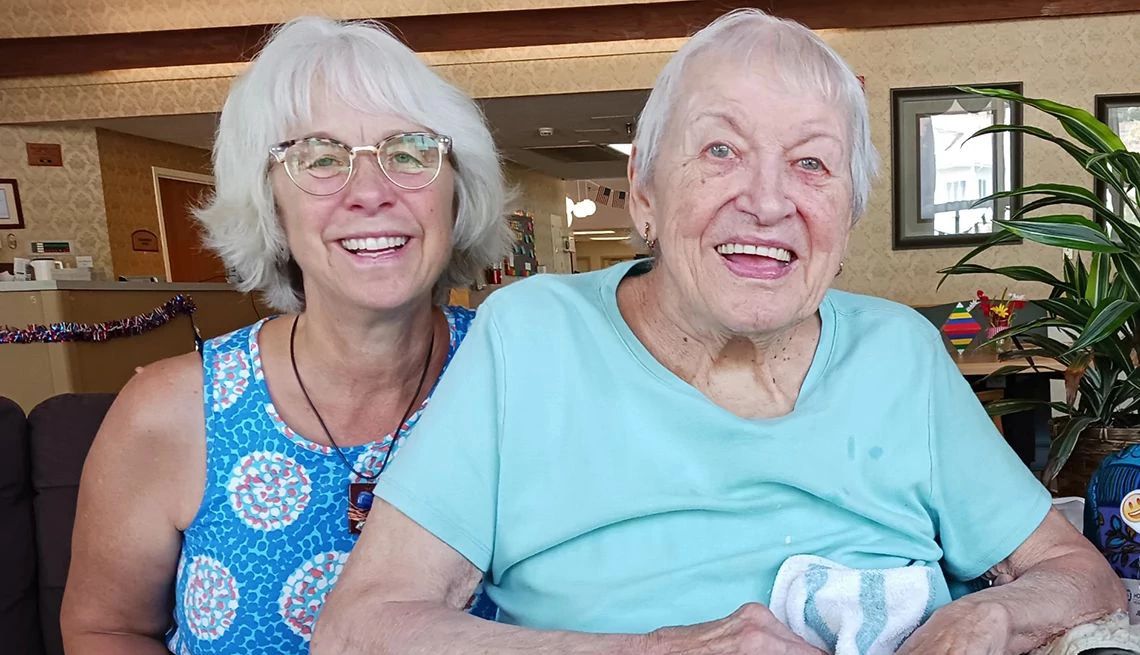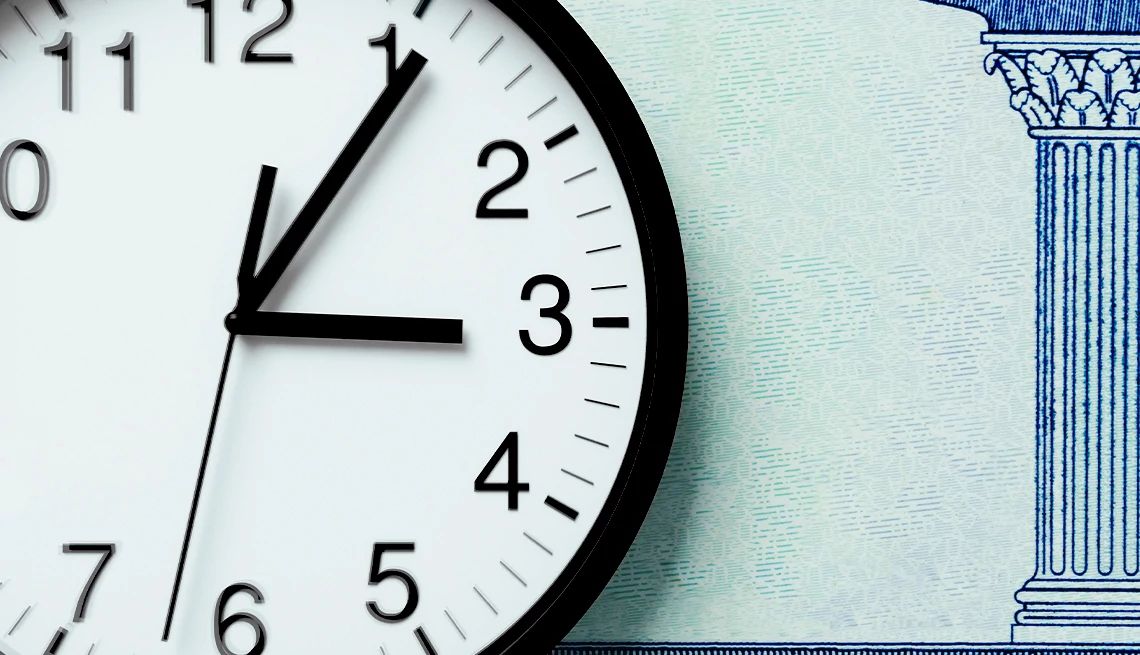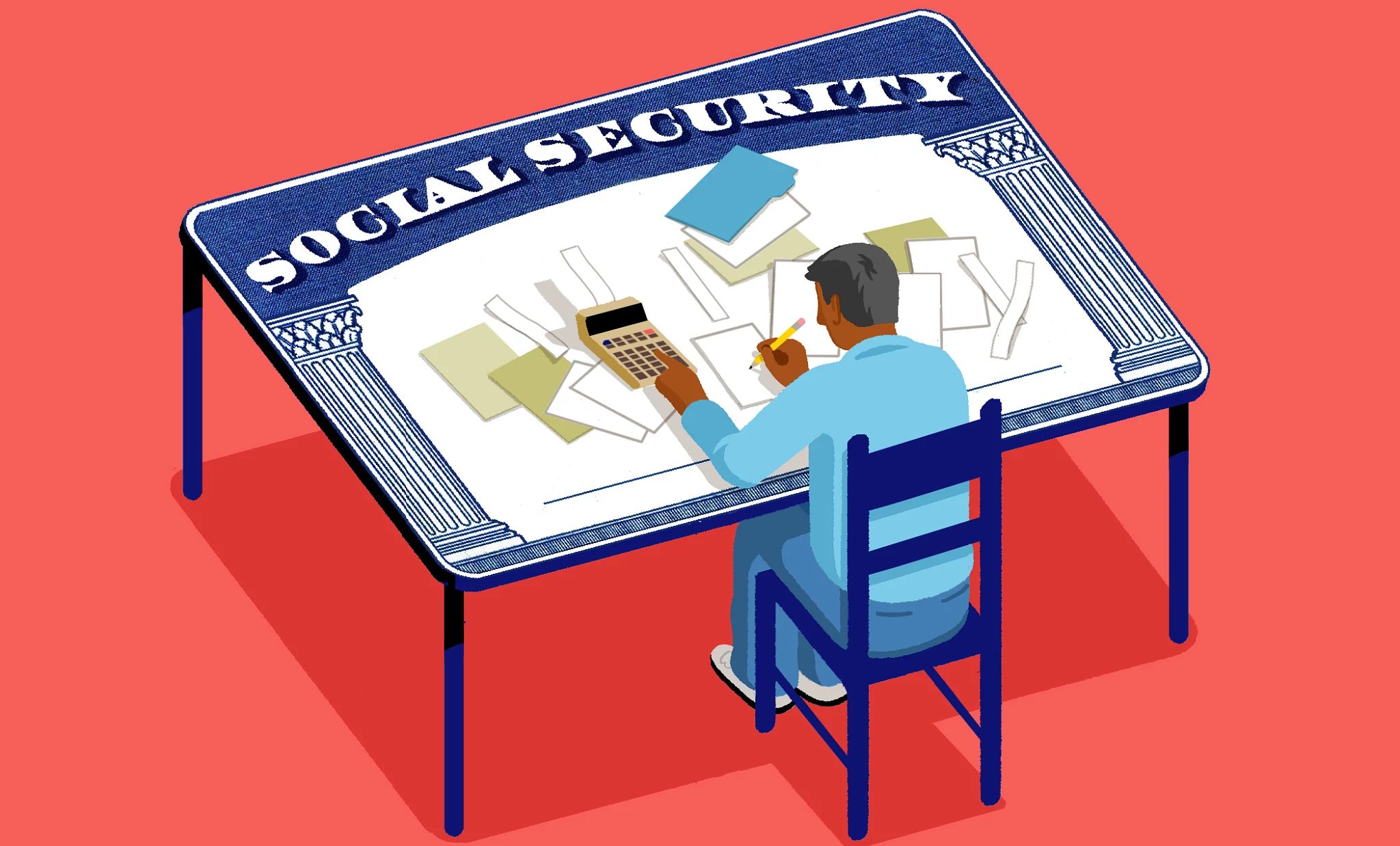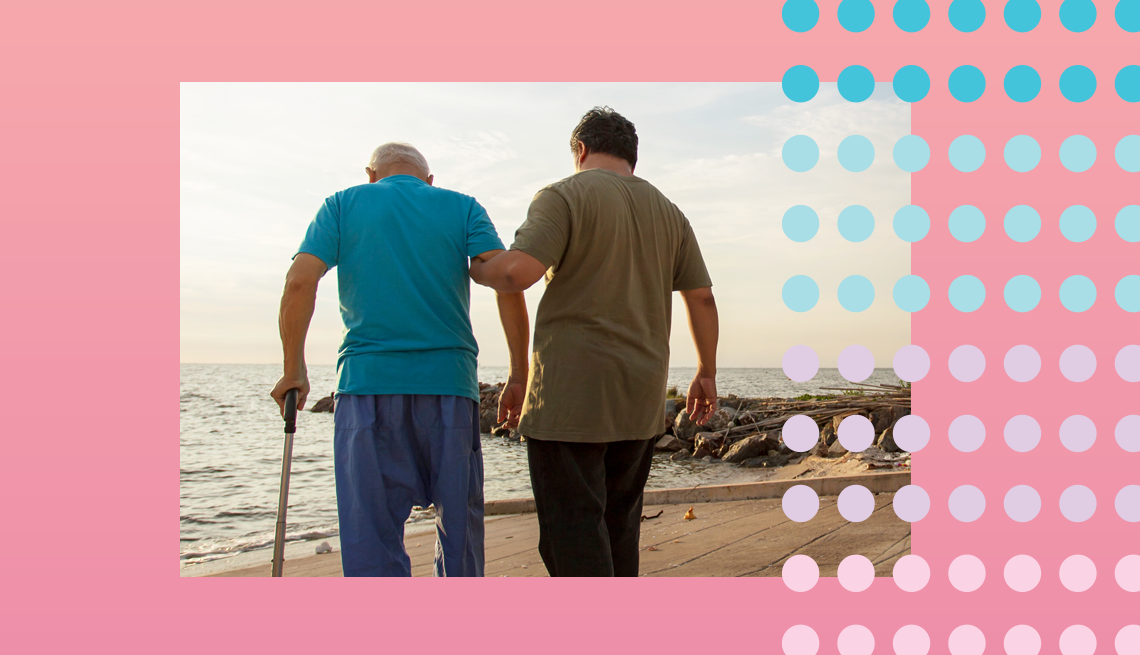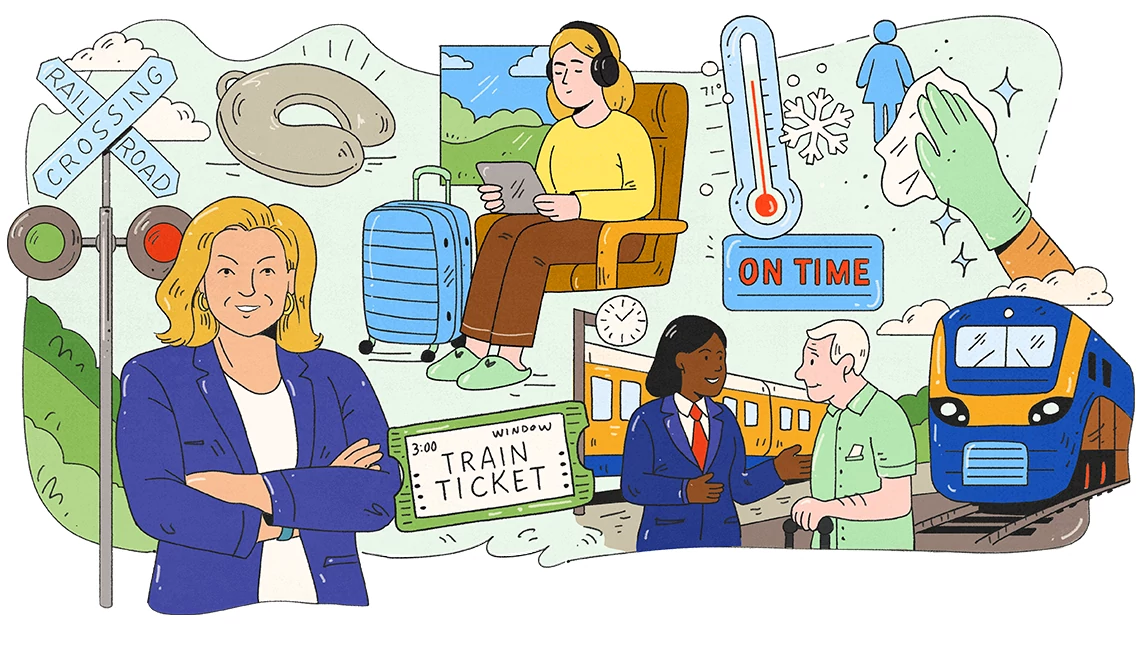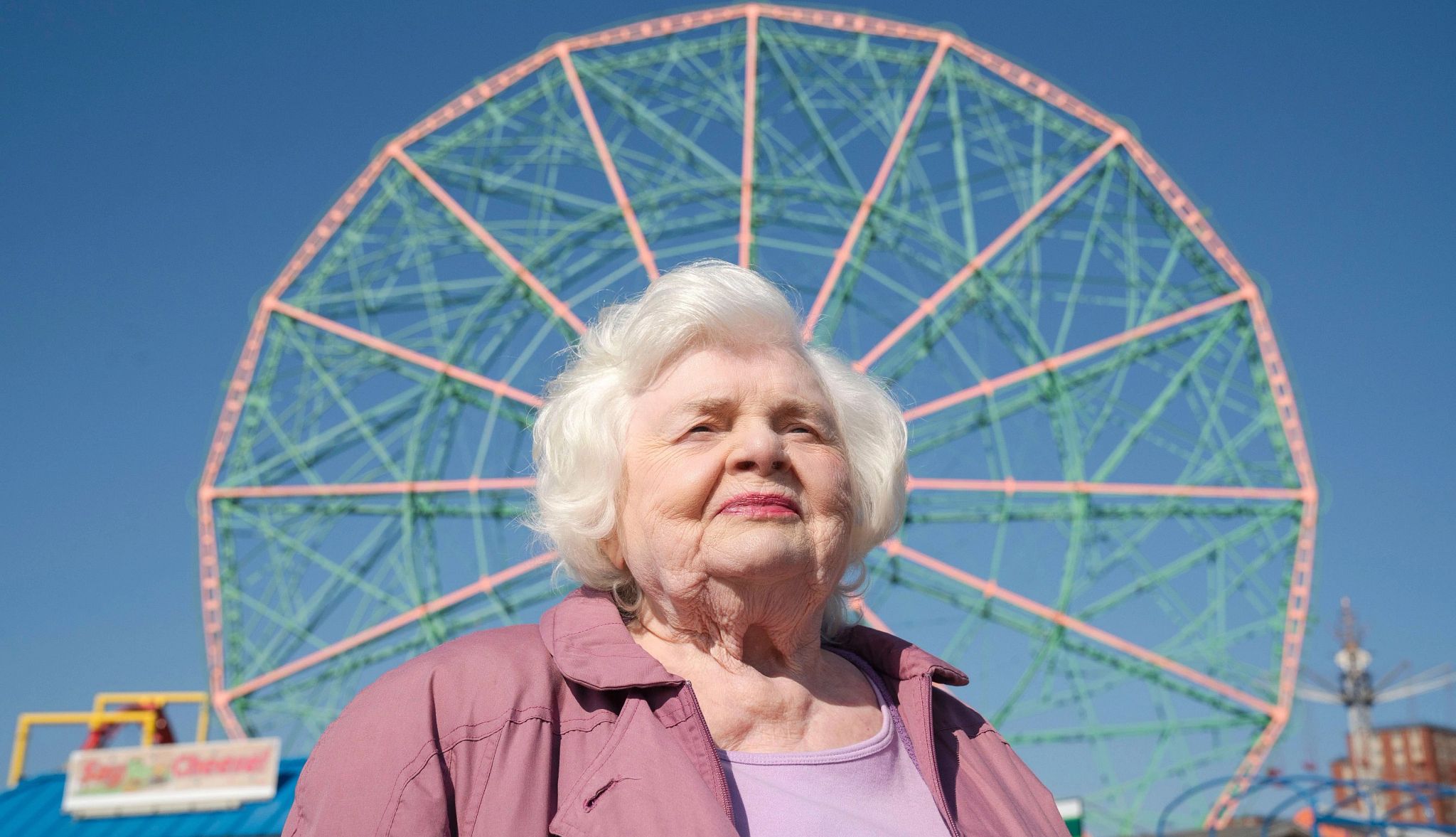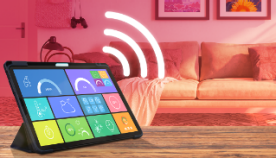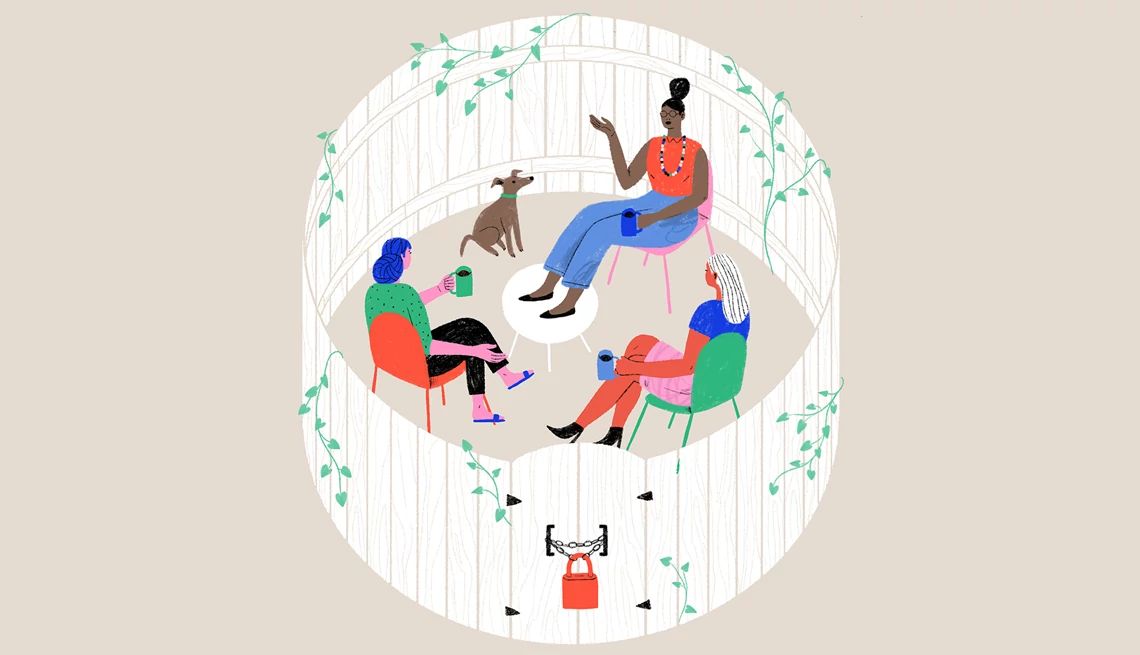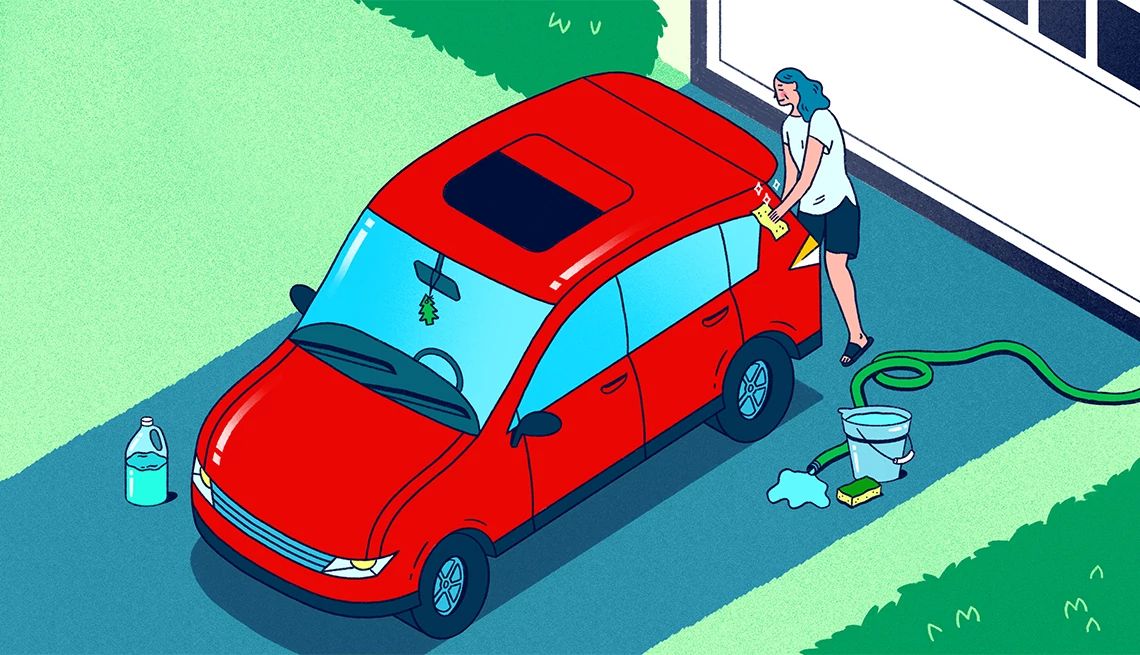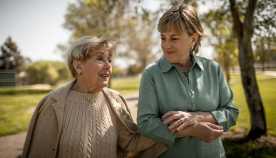AARP Hearing Center
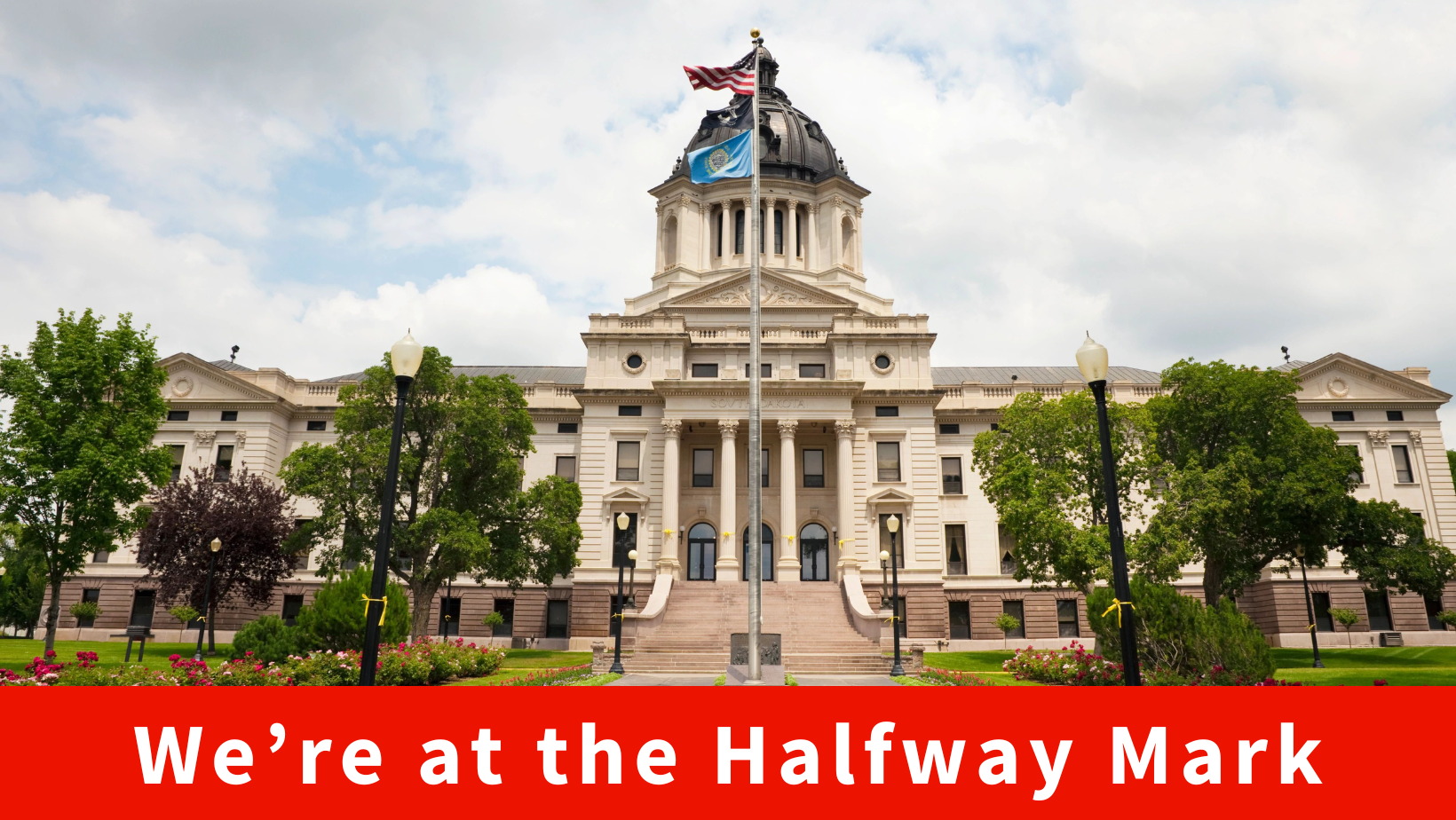
With Week 5 in the books, we have officially reached the halfway point of the 2025 South Dakota legislative session. Lawmakers wrapped up Legislative Day 21 this week, and the session ends on Legislative Day 38.
We are featuring an in-depth look at two bills in this week’s update. As always, we are grateful to you for being part of our advocacy community!
House Bill 1098: Respite Care for Family Caregivers
AARP South Dakota recently testified in favor of House Bill (HB) 1098. This bill proposed funding a one-time appropriations pilot investment for much-needed respite services for South Dakota family caregivers of people living with Alzheimer’s or related dementia.
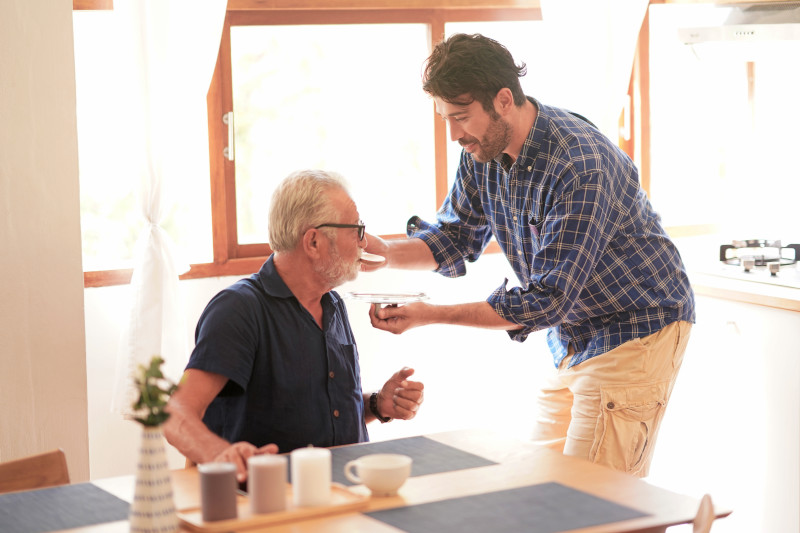
Respite is a type of care that gives family caregivers a short break from their caregiving responsibilities. It can be provided either in a care recipient’s home or in a facility-based setting. Although research has shown that respite is associated with positive outcomes for both caregivers and care recipients, it tends to be underutilized due to long waitlists, inability to pay out-of-pocket, or lack of awareness about respite services.
The bill passed out of the House Health and Human Services Committee on a 12-0 vote and was referred to the Joint Committee on Appropriations for consideration. Thanks to everyone who responded to our action alert on that bill.
Ultimately, however, HB 1098 was tabled in the Appropriations Committee, which means the bill is no longer under consideration by the Legislature and is “dead” in the process.
While the bill may not be advancing for further discussion as part of the legislative session, our efforts yielded positive improvements in the respite care program. As a result of our advocacy, the Department of Human Services has agreed to:
- Move the “soft cap” on the amount of resources a caregiver can receive from the respite care program from $5,000 to $10,000, depending on the needs of the caregiver.
- Evaluate their internal processes within the Dakota at Home program to make sure the respite care program is made available to caregivers who contact Dakota at Home for assistance.
- Collect data about the respite care program so we have information about the caregivers using the program for planning purposes associated with the state’s Alzheimer’s plan.
There are an estimated 80,000 family caregivers in South Dakota who provide 74 million hours of care to their loved ones each year. These family caregivers are the backbone of our state’s long-term care system and do important work to keep their loved ones living safely at home. The care they provide can prevent or delay the need for nursing home care, which is costly and often paid for with taxpayer dollars through Medicaid.
HB 1098 would have helped these caregivers continue their important work by providing unpaid caregivers of individuals with dementia with reimbursement for the cost of respite care services.
While caregiving can be personally meaningful and provide a sense of purpose, many family caregivers also struggle to balance their caregiving duties with other responsibilities, including paid employment and childcare. Nearly one in five caregivers identify “time commitment” as the biggest challenge they face, and 72% say they are emotionally stressed by their caregiving responsibilities. These stress levels are most acute amongst caregivers of individuals with dementia, and this increased stress and caregiver burden can ultimately contribute to care recipients being institutionalized.
Every day, family caregivers in South Dakota are helping their older parents, spouses, siblings, grandparents, and other loved ones live safely at home. These caregivers deserve our support and providing them with an occasional break in the form of respite care will allow them to continue their important work without burning out.
A final note, if you or anyone you know needs caregiver support, please explore our South Dakota Caregiver Resource Guide to find services or agencies that can help.
House Bill 1070: Coverage for Breast Cancer Screening
AARP South Dakota testified in favor of House Bill (HB) 1070, which would ensure insurance coverage for annual breast cancer screenings, regardless of the screening method used, with no cost-sharing for the patient.
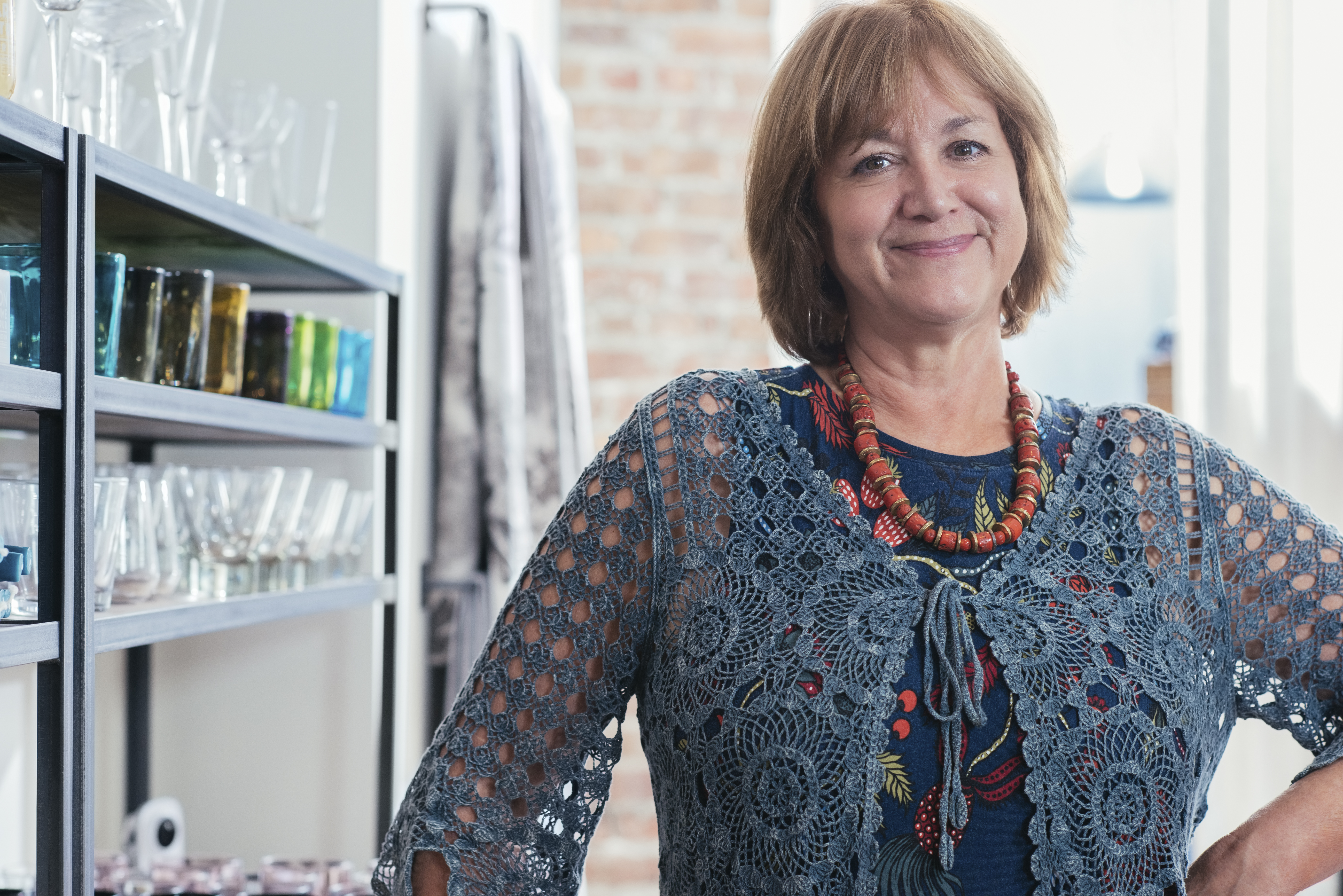
Unfortunately, the bill was defeated on an 11-2 vote in the House Commerce and Energy Committee.
Since 1990, South Dakota has required health insurance policies to provide coverage for breast cancer screenings. Originally, mammography was the standard screening method for breast cancer. Current law provides insurance coverage with no cost-sharing for an annual mammogram but does not provide the same level of coverage for other methods of breast cancer screening.
For many women, a mammogram provides the necessary screening to detect cancer at its earliest stage for treatment and recovery. For other women, a family history of breast cancer or personal health history may call for ultrasound or magnetic resonance imaging (MRI) to ensure a thorough screening. All of these methods are effective in screening for breast cancer and should be available to patients.
AARP South Dakota has a long history of supporting access and affordability in healthcare. As South Dakotans age, the importance of preventive screenings increases – particularly for the age 50-64 population.
Increasing age is a risk factor for breast cancer. Early-stage breast cancer, which is often diagnosed through screening, has a better prognosis and is more amenable to treatment. As we provide more tools for detecting diseases, it is important to cover those screenings because that will keep South Dakotans healthy, active and in the workforce longer.

Legislative Cracker Barrels: Your Chance to Visit with Lawmakers at Home
Remember to check this listing of upcoming legislative cracker barrel events to see if there is a session happening in your community. If you don’t see your community listed, talk with your legislators or your local Chamber of Commerce to see if any cracker barrels will be scheduled during this legislative session.
What's Coming Up Next?
We are still watching the bill related to the scope of service for Physician Assistants (PAs), as well as other issues like voter access…so keep an eye on your email for action alerts that provide you a chance to make your voice heard with lawmakers.




